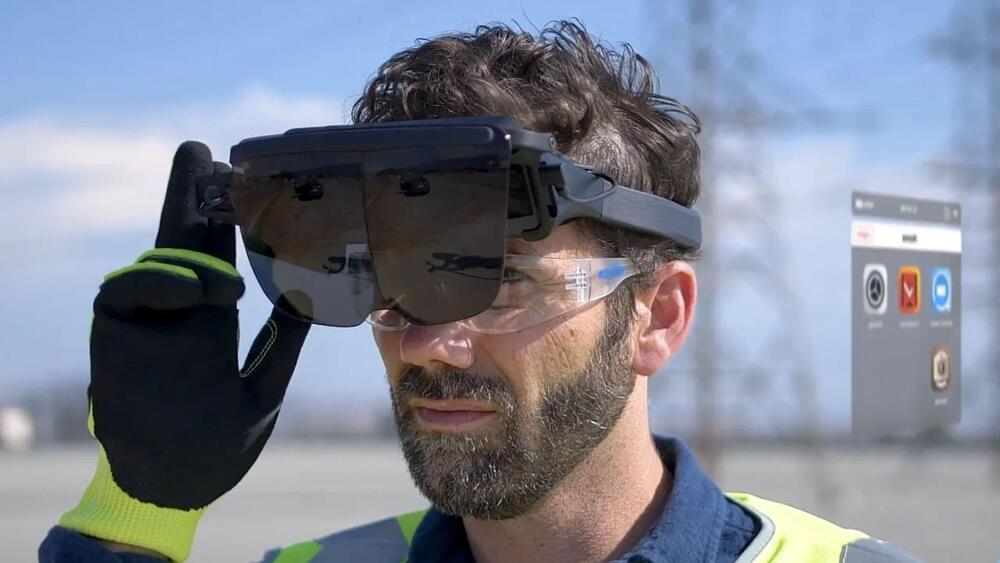Jun 17, 2023
First deployment outside Russia since fall of the USSR
Posted by Shubham Ghosh Roy in categories: geopolitics, military, nuclear energy, treaties
Vladimir Putin confirmed Russia has sent nuclear arms to its ally Belarus, which borders Ukraine. Putin has repeatedly warned that Russia, which has more nuclear weapons than any other country, will use all means to defend itself. Russia has a huge numerical superiority over the united states and the nato military alliance when it comes to tactical nuclear weapons. The united states believe Russia has around 2,000 such working tactical warheads. Reports say, the united states has around 200 tactical nuclear weapons, half of which are at bases in Europe. Remember, Belarus has borders with 3 nato members — Poland, Lithuania & Latvia. The treaty on the non-proliferation of nuclear weapons, signed by the soviet union, says no nuclear power can transfer nuclear weapons or tech to a non-nuclear power.


















